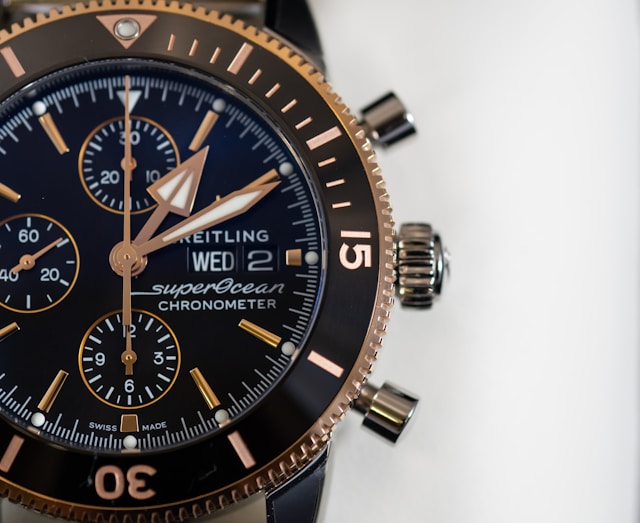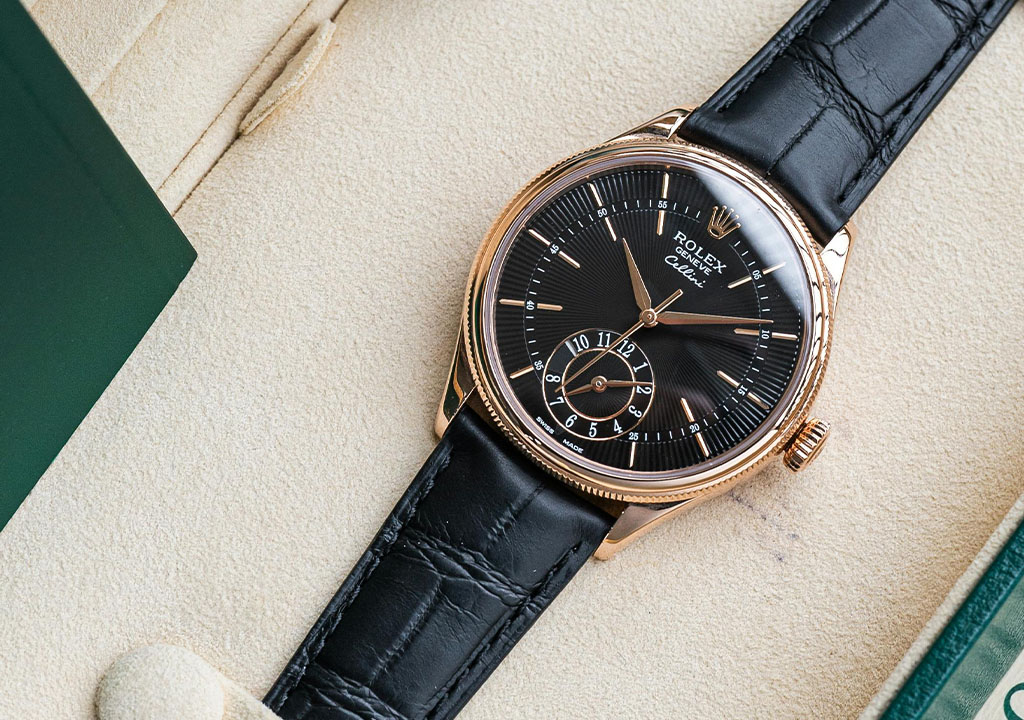A luxury watch transcends mere timekeeping. It embodies exquisite craftsmanship, precision, and prestige. Whether you possess a Rolex, Patek Philippe, Omega, or another esteemed brand, it is crucial to care for it properly to preserve its beauty, functionality, and value. With appropriate maintenance, your timepiece can endure for generations. Here’s a detailed guide to ensuring your luxury watch remains in superb condition.
Wearing Your Watch Properly
While luxury watches are built to last, they can still be susceptible to damage. It is best to avoid wearing your watch during activities that might expose it to excessive shocks, like weightlifting, contact sports, or manual labor. Even routine movements can lead to minor scratches if you are not cautious.
Getting the right fit is crucial as well. A watch that is too loose can bang against surfaces, resulting in scratches or internal issues, while a strap that is too tight may put stress on the case and bracelet. Also, be aware of strong magnets found in smartphones, speakers, or MRI machines, as they can interfere with your watch’s movement.
Keeping Your Watch Clean
Regular cleaning is crucial for preserving the condition of your watch. Over time, dust, dirt, and sweat can build up, making the case and bracelet look dull. To ensure your watch stays in top shape, give it a gentle wipe with a soft microfiber cloth after each wear.
If your watch is water-resistant, you can clean it more thoroughly by rinsing it under lukewarm water and drying it right away. However, leather straps need special attention. Too much moisture can lead to damage, so it is a good idea to use a leather conditioner from time to time to keep them supple and avoid cracking.
Protecting Your Watch from Water Damage
Not all luxury watches are made to withstand water exposure. Even if your watch is labeled as water-resistant, it is wise to steer clear of hot water or steam, as high temperatures can compromise the gaskets that protect against water intrusion.
Before you go swimming or wash your hands, ensure that the crown is securely screwed down to keep water from getting inside. If you often wear your watch in the water, it is a good idea to have its water resistance tested regularly to make sure it is still effective.

Storing Your Watch Correctly
When you are not wearing your watch, make sure to store it properly to avoid unnecessary wear and tear. Keeping it in its original box or a dedicated watch case will protect it from dust and scratches. If you have an automatic watch that you do not wear every day, using a watch winder can help keep it running smoothly.
Additionally, it is crucial to store your watch in a cool, dry location, away from direct sunlight and extreme temperatures. Excess heat and humidity can impact the internal components, which may lead to performance problems.
Regular Servicing and Maintenance
Just like a high-performance car, a luxury watch requires regular maintenance to keep it running smoothly. Most manufacturers suggest having it serviced every three to five years. During a professional service, a watchmaker will clean, lubricate, and recalibrate the movement to ensure it stays accurate.
If you notice your watch running slow, fast, or not working at all, avoid trying to fix it on your own. Instead, bring it to an authorized service center where professionals can accurately diagnose and repair any problems using the right tools and techniques.
Avoiding Exposure to Chemicals
Everyday items such as perfumes, lotions, and cleaning products can lead to lasting harm to your watch. To minimize exposure, apply cologne or lotion before putting on your watch. Additionally, steer clear of strong chemicals like detergents and solvents, as they can compromise the case, bracelet, and seals.
Handling Your Watch with Care
If you own a manual or automatic watch, handle it with care when winding or setting the time. When winding a mechanical watch, do so gently and avoid over-winding, as excessive force can damage the movement.
When adjusting the date and time, follow the manufacturer’s instructions to prevent mechanical issues. Some watches have “danger zones” where adjusting the date at certain hours can damage internal gears, so always refer to the user manual before making changes.
Conclusion
A luxury watch is an investment that requires careful attention. By wearing it thoughtfully, keeping it clean, storing it properly, and having it serviced regularly, you can keep it in excellent condition for many years. Whether you intend to pass it down as a treasured heirloom or sell it later, taking good care of your watch will help maintain its value and elegance. With the right maintenance, your timepiece will remain a dependable and fashionable accessory for a lifetime.

